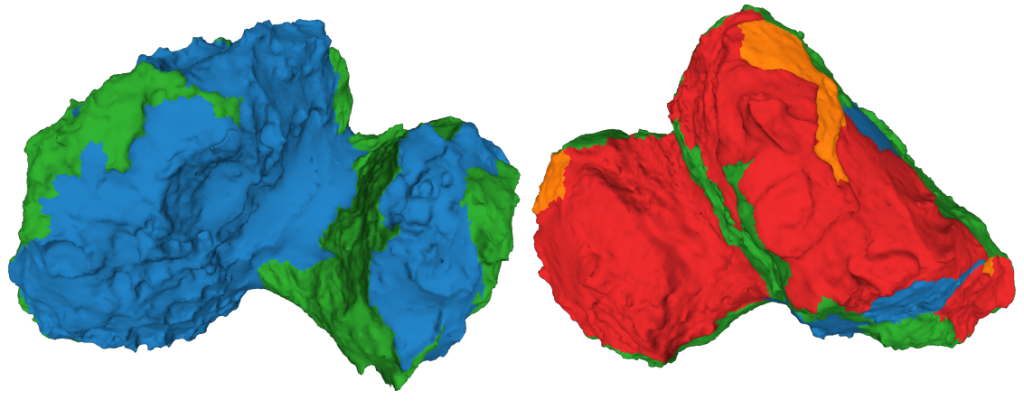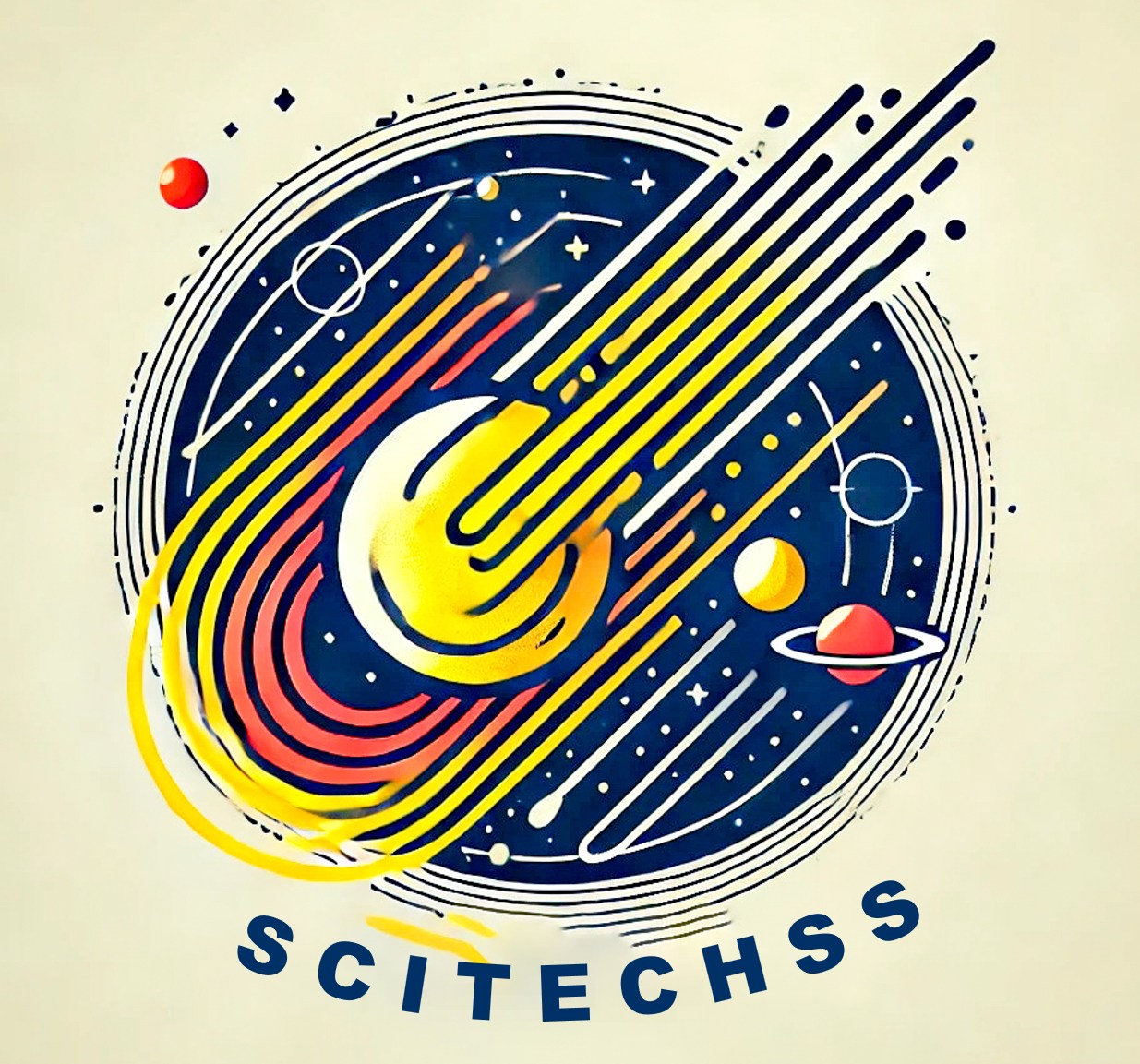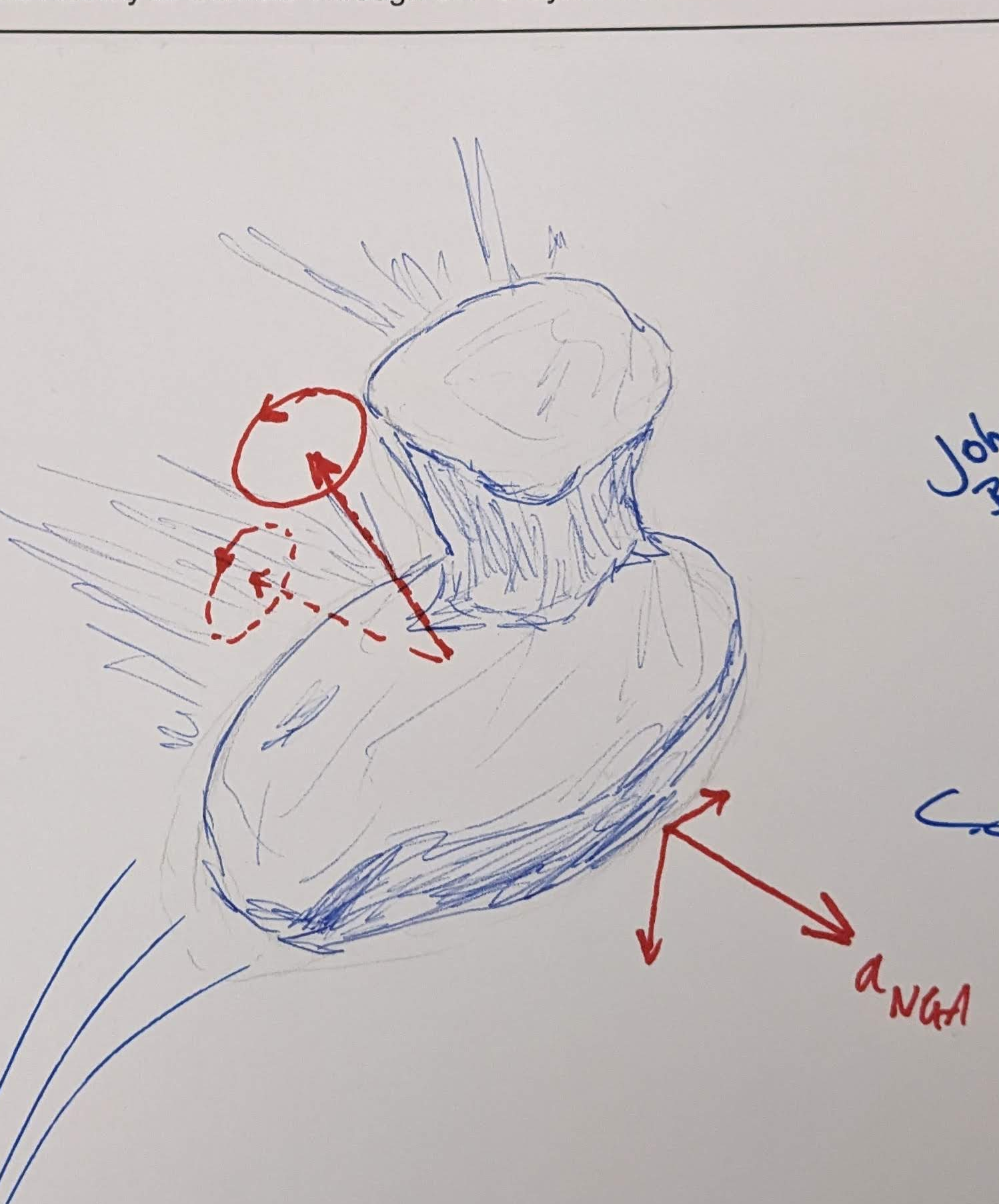The International Space Science Institute (ISSI), in Bern (Switzerland), partially funds international teams to carry out a research project that need complementary scientific expertise. Teams are set up in competitive response to an Annual Call by ISSI. If selected, the research is carried out during a period 18 to 24 months during which the team meets several times, either in person or virtually, to synergistically advance the development of the project.
One of us, Attree, has been leading a successful ISSI project to understand the activity of comets through 67P’s dynamics. The team included researchers from Technische Universität Brawnschweig and Zuse Institute Berlin (in Germany), from the Laboratoire d’Astrophysique de Marseille and the Observatoire de la Côte D’Azur (in France), from the Johannes Kepler Universität Linz (in Austria), from the Universita di Bologna (in Italy) and from the Instituto de Astrofísica de Andalucía (in Spain), with contribution of colleagues from Brown University (in USA).

Regions allowing the best fit of all non-gravitational effects shown on the shape model of 67P. This is Fig 5 of this publication where more details can be found.
The team has enjoyed a fruitful collaboration for over 2 years and today we had our last, wrap up virtual meeting. The collaboration resulted in the publication of a new extraction of the outgassing-induced non-gravitational acceleration (NGA) and trajectory from tracking of the ESA/Rosetta spacecraft. We then looked at the other Rosetta data, namely measurements of 67P’s total water-outgassing rate as well as its rotation rate and the orientation of its spin axis, both of which changed due to the non-gravitational torque (NGT). When comparing with a simple thermal outgassing model, we found that uniform activity across 67P’s surface could not explain the observed spin-axis changes. Activity levels have to vary, relative to a pure water-ice surface, across different areas of the nucleus in order to explain all the data. The efficiency of the momentum transfer between the gas and the nucleus must also vary spatially.
These results were published here and here. More to come.
Update 29.10.24. ISSI has just published the summary of our work here, with link to the Team 547 website.
Featured image/Excerpt: Cartoon drawn by a team member (J. Bürger) in the ISSI guest book showing the outgassing induced non-gravitational acceleration and torque.

